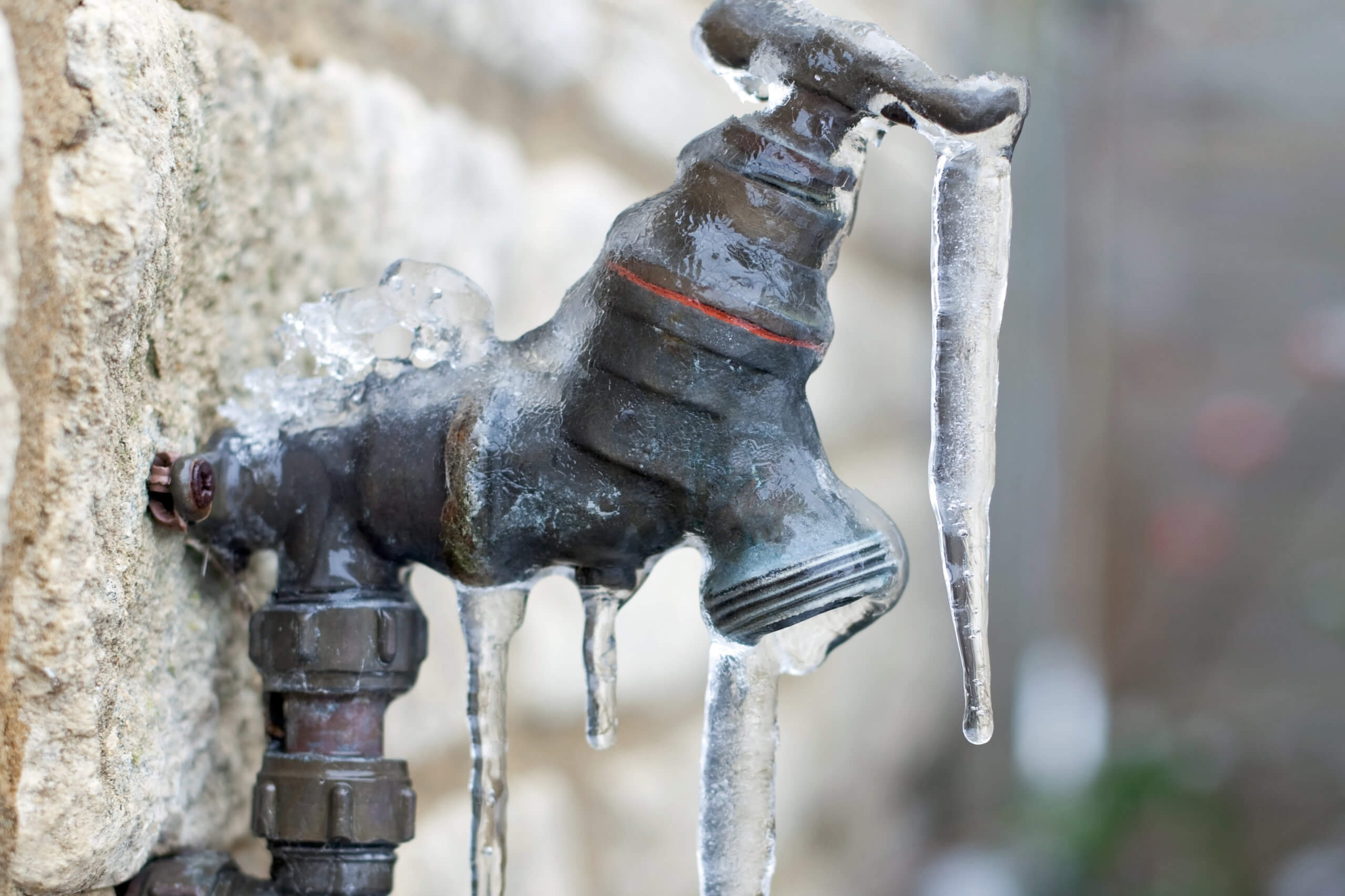Protecting Pipes from Freezing Damage: Essential Strategies
Protecting Pipes from Freezing Damage: Essential Strategies
Blog Article
How do you feel in regards to How To Avoid Freezing Pipes?

Winter can ruin your pipes, particularly by freezing pipes. Here's exactly how to prevent it from taking place and what to do if it does.
Introduction
As temperatures decrease, the threat of icy pipes rises, potentially leading to expensive repairs and water damages. Comprehending just how to avoid frozen pipelines is important for property owners in cool climates.
Recognizing Icy Pipelines
What causes pipelines to freeze?
Pipes freeze when revealed to temperature levels below 32 ° F (0 ° C) for extended durations. As water inside the pipelines ices up, it increases, taxing the pipeline wall surfaces and possibly creating them to break.
Dangers and problems
Frozen pipes can result in water system interruptions, property damages, and costly repair services. Burst pipelines can flooding homes and trigger comprehensive architectural damages.
Signs of Frozen Pipes
Recognizing frozen pipelines early can avoid them from bursting.
Exactly how to identify icy pipes
Seek reduced water circulation from faucets, uncommon smells or sounds from pipelines, and visible frost on subjected pipelines.
Avoidance Tips
Shielding at risk pipes
Cover pipelines in insulation sleeves or utilize warmth tape to protect them from freezing temperature levels. Concentrate on pipes in unheated or exterior locations of the home.
Home heating strategies
Maintain interior areas appropriately heated up, particularly areas with plumbing. Open up cabinet doors to permit cozy air to distribute around pipes under sinks.
Safeguarding Outside Plumbing
Garden hose pipes and exterior taps
Disconnect and drain pipes yard hose pipes prior to winter months. Install frost-proof spigots or cover outside taps with shielded caps.
What to Do If Your Pipes Freeze
Immediate activities to take
If you presume icy pipelines, keep faucets open to alleviate stress as the ice thaws. Use a hairdryer or towels taken in hot water to thaw pipes gradually.
Long-Term Solutions
Structural changes
Think about rerouting pipelines away from outside walls or unheated locations. Add added insulation to attics, cellars, and crawl spaces.
Updating insulation
Purchase high-quality insulation for pipes, attic rooms, and walls. Appropriate insulation aids maintain constant temperature levels and reduces the danger of icy pipelines.
Verdict
Avoiding icy pipelines calls for proactive measures and quick actions. By recognizing the causes, indications, and safety nets, home owners can secure their pipes throughout winter.
6 Proven Ways to Prevent Frozen Pipes and Protect Your Home
Disconnect and Drain Garden Hoses
Before winter arrives, start by disconnecting your garden hoses and draining any remaining water. Close the shut-off valves that supply outdoor hose bibs and leave the outdoor faucet open to allow any residual water to drain. For extra protection, consider using faucet covers throughout the colder months. It’s also important to drain water from any sprinkler supply lines following the manufacturer’s directions.
Insulate Exposed Pipes
Insulating your pipes is an effective way to prevent freezing. Pipe insulation is readily available at home improvement stores and is relatively inexpensive. Pay close attention to pipes in unheated areas such as the attic, basement, crawl spaces, or garage. Apply foam insulation generously to create a buffer against the cold. You can also wrap your pipes in heat tape or thermostat-controlled heat cables for added warmth.
Seal Air Leaks
Inspect your home for any cracks or openings that could let in cold air. Seal any holes around the piping in interior or exterior walls, as well as the sill plates where your home rests on its foundation. Additionally, make sure to keep your garage door closed unless you’re entering or exiting. Leaving it open creates a significant air leak that can lead to frozen pipes.
Allow Warm Air Circulation
During cold snaps, it’s essential to allow warm air to circulate evenly throughout your home. Leave interior doors ajar to promote better airflow. Open kitchen and bathroom cabinets to help distribute heat consistently around the rooms. If you have small children or pets, be sure to remove any household chemicals or potentially harmful cleaners from open cabinets for safety.
Let Faucets Drip
A small trickle of water can make a big difference in preventing ice formation inside your pipes. When temperatures drop significantly, start a drip of water from all faucets served by exposed pipes. This continuous flow helps prevent the water from freezing. Additionally, running a few faucets slightly can relieve pressure inside the pipes, reducing the chances of a rupture if the water inside does freeze.
https://choateshvac.com/6-proven-ways-to-prevent-frozen-pipes-and-protect-your-home/

Do you appreciate reading up on Preventing and dealing with frozen pipes? Place a remark down the page. We'd be delighted to hear your responses about this review. We hope that you come back again before long. Those who liked our blog entry kindly do not forget to share it. We value reading our article about Preventing and dealing with frozen pipes.
This Site Report this page